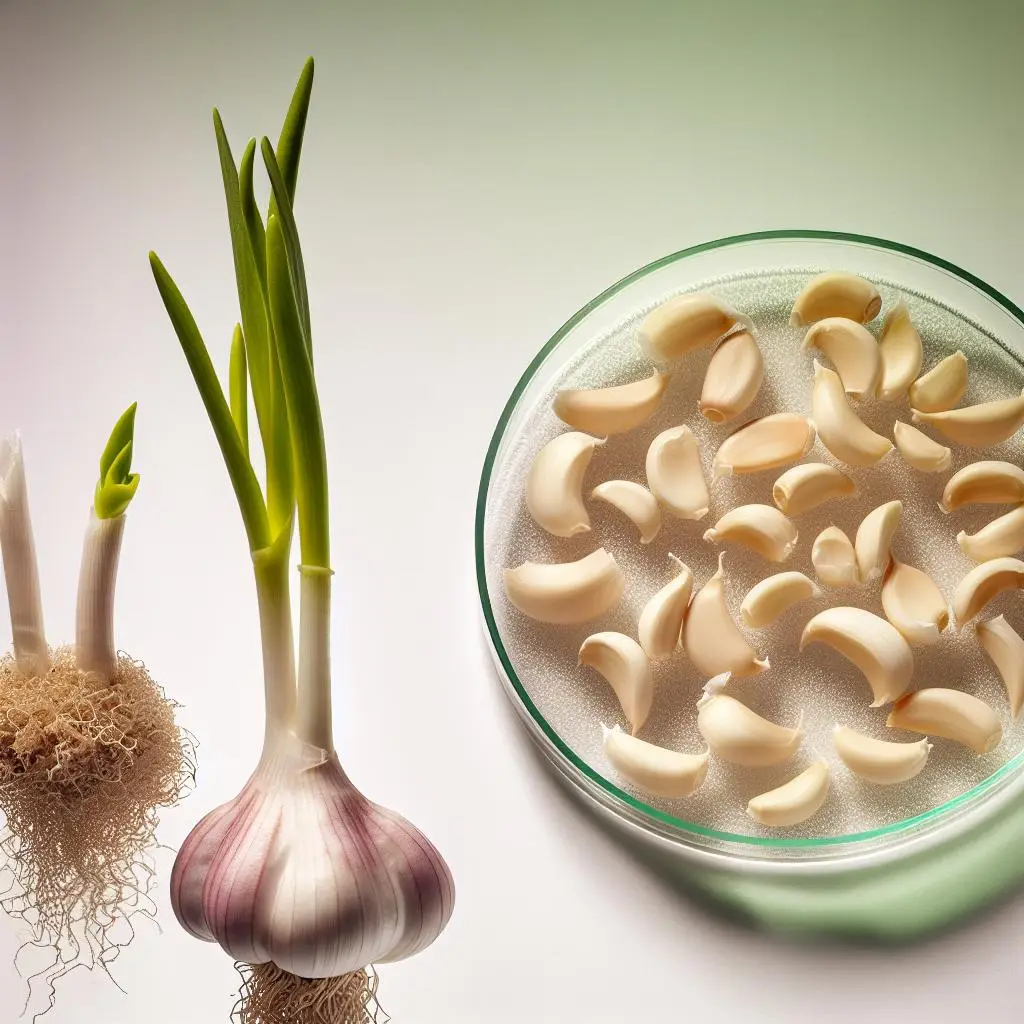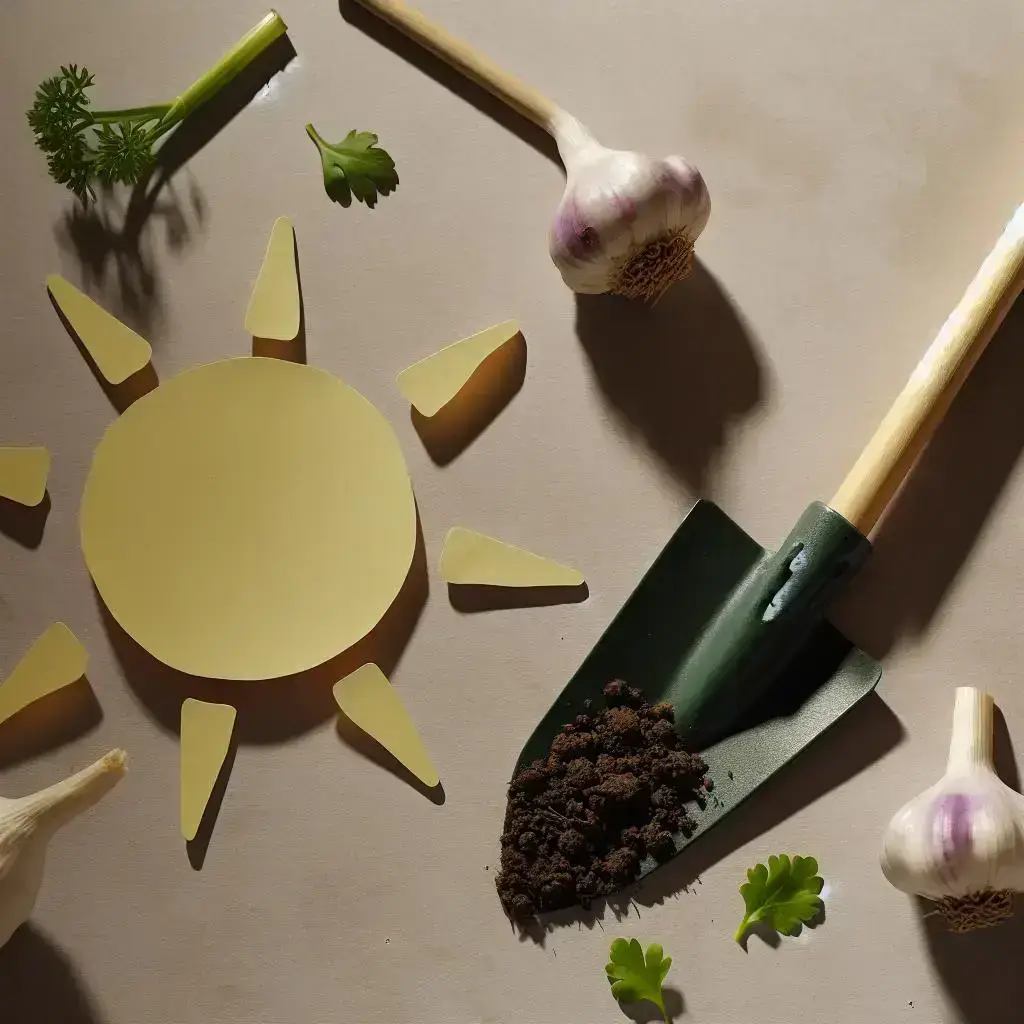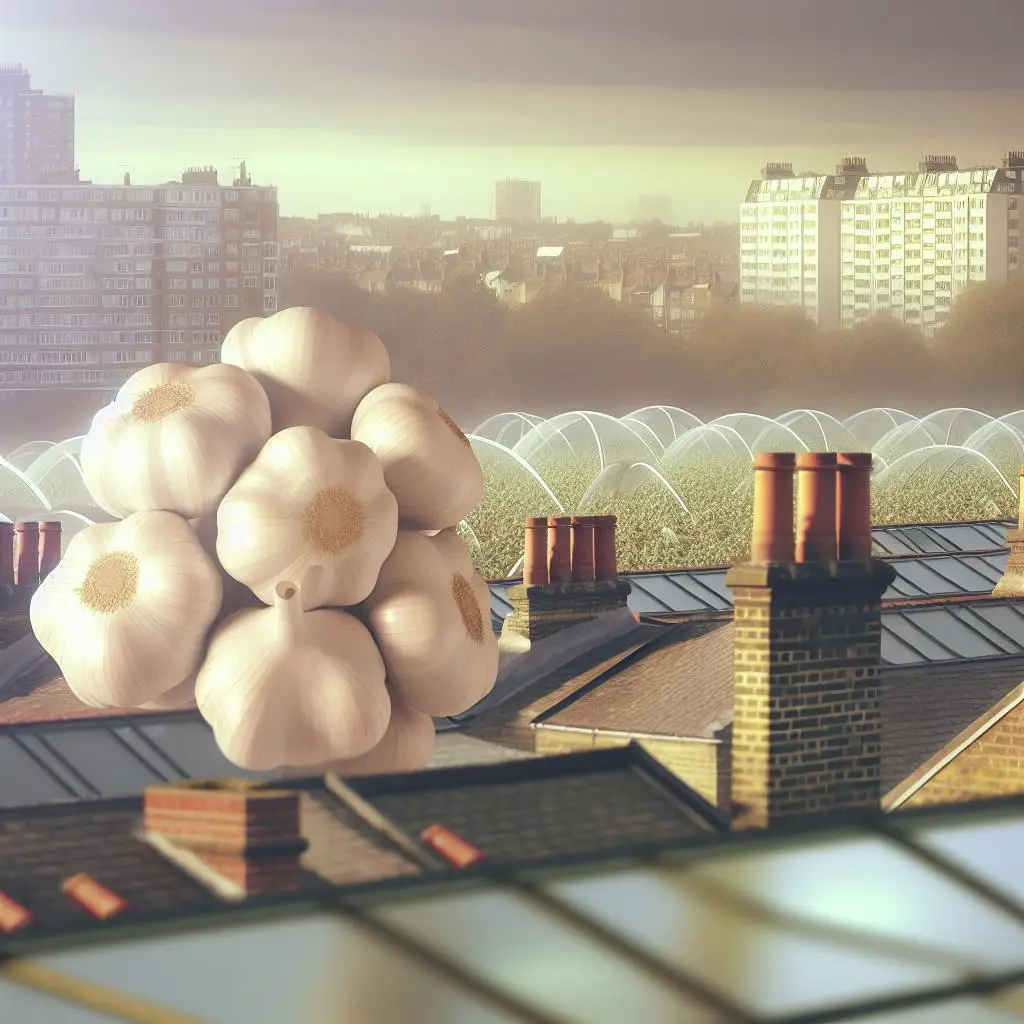How Climate Change Is Shaping UK Garlic Farming
If you’ve ever grown garlic in your garden or bought UK-grown bulbs at the market, you might have noticed some shifts in what’s available or how it’s growing. It’s not just in your head — climate change is quietly rewriting the story of garlic cultivation across Britain. And honestly, it’s a story worth paying attention to, because it could change the way we enjoy this pungent herb for generations to come.
Traditionally, UK garlic varieties thrived in specific climatic conditions — cool, moist winters and warm, dry summers. But as our weather patterns become more unpredictable, farmers are facing new challenges. Longer droughts, unexpected frosts, and shifting rainfall patterns mean that some garlic varieties struggle to establish, while others might adapt or even thrive. It’s a bit like trying to grow a tropical plant in a temperate garden — some just don’t cope well with the new climate.
The Science Behind the Shift
Scientists are studying how rising temperatures and changing rainfall influence garlic’s growth cycle. Higher temperatures can accelerate bulb development, leading to smaller bulbs or uneven maturation. Conversely, unseasonal frosts can damage young plants, reducing yields or causing deformities. These changes aren’t just theoretical — farmers are reporting real impacts, with some varieties becoming less reliable and others needing different planting times or soil conditions.
One fascinating aspect is how garlic’s genetic diversity might help it adapt. Some varieties are naturally more resilient to drought or cold, and breeders are now exploring these traits to develop more climate-proof strains. It’s a bit like breeding for resilience in other crops — a crucial step to ensure we can keep enjoying garlic in our kitchens and on our plates.
What This Means for UK Growers and Consumers
For growers, the message is clear: flexibility and adaptation are key. They’re experimenting with different planting schedules, soil amendments, and even new varieties better suited to our changing weather. For us consumers, it might mean a shift in what’s available seasonally, or a slight change in flavour profile depending on the variety and growing conditions.
But it’s not all doom and gloom. This challenge also opens opportunities. As climate resilience becomes a priority, we could see more diverse garlic varieties, perhaps even some unique to specific regions. Plus, it’s a chance to reconnect with local farmers and support sustainable practices that help mitigate climate impacts.
Looking Ahead: The Future of Garlic in a Changing Climate
While climate change presents hurdles, it also spurs innovation. Researchers and farmers are working together, exploring new cultivation techniques, and breeding hardier varieties. The goal? To keep garlic a staple in our kitchens, rich in flavour and tradition, no matter what the weather throws at us.
So, next time you’re peeling garlic or sniffing the bulb’s pungent aroma, think about the journey it’s taken — from the soil, through climate shifts, to your plate. It’s a reminder that even the smallest, most humble ingredients are part of a bigger story — one of resilience, adaptation, and hope for the future.
















